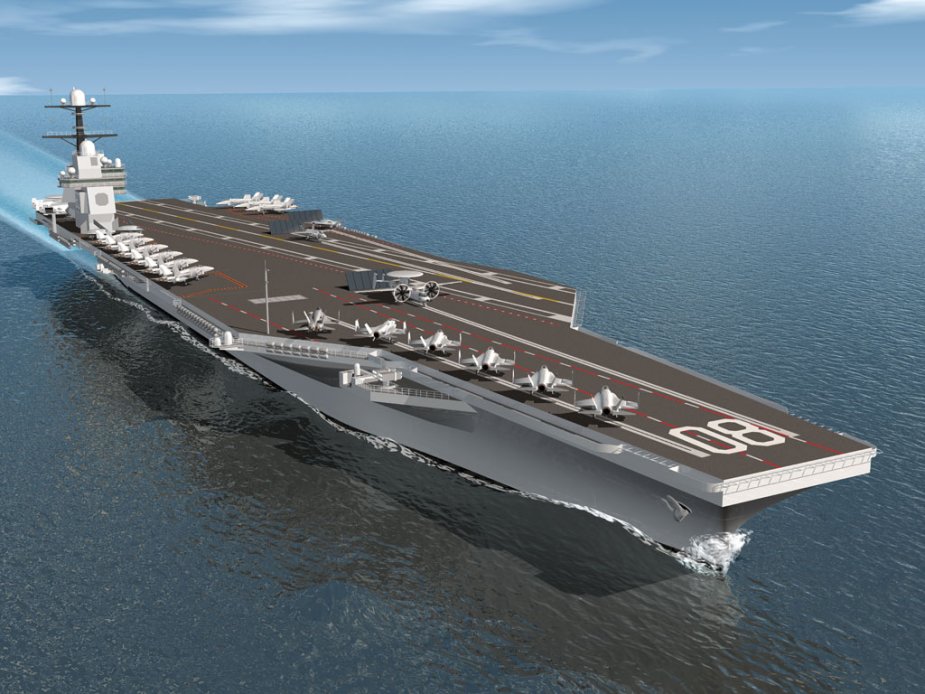The U.S. Navy has awarded a $US 15 billion contract to Huntington Ingalls Industries - Newport News Shipbuilding (HII - NNS) for the construction of 2 aircraft carriers, CVN 80 and CVN 81.

“Today marks a great team effort to drive out cost and maximize efficiency in government procurement,” said Secretary of the Navy Richard V. Spencer. “Focusing on optimizing construction activities and material procurement, the team was able to achieve significant savings as compared to individual procurement contracts. One contract for construction of the two ships will enable the shipbuilder flexibility to best employ its skilled workforce to design once and build twice for unprecedented labor reductions while providing stability and opportunities for further efficiencies within the nuclear industrial base.”
The U.S. Navy finally awarded HII-NNS contract for the construction and providing of CVN 80 (ENTERPRISE, the numerical replacement for CVN 69) and CVN 81 (yet-to-be-named, the numerical replacement for CVN 70). These 2 new Gerald R. Ford class carriers will include several modifications to meet emerging threats, such as the F-35C Lightning II, MK 38 gun systems, MQ-25 Stingray UAS, ... All these modifications represent $US 100 million savings, in addition to the $US 4 billion already saved, for the Navy and increase the fire power of the carrier.
This Fixed Price Incentive (Firm Target) (FPIF) contract limits the Navy’s liability and incentivizes the shipyard’s best performance. The contract guarantees a single technical baseline for both ships, which allows the shipyard to re-use engineering rollover products, minimize changes between the two ships and leverage economic order quantities for equipment and material procurement.
Those 2 additional carriers come in times when the U.S. Navy is reconsidering its naval organisation and tactics. Many would say that the aircraft carrier has no more interest, preferring frigates to them, while others say it is a necessity to maintain such distant, mobile air base. The U.S. Navy's decision proves that it still remains confident in the role the aircraft carrier has to play in modern naval combat, especially in potential conflicts against China in the South China Sea. Though, ths Navy is also considering new variants of powerfull frigates as its main warships, taking control on the entire fleet.










